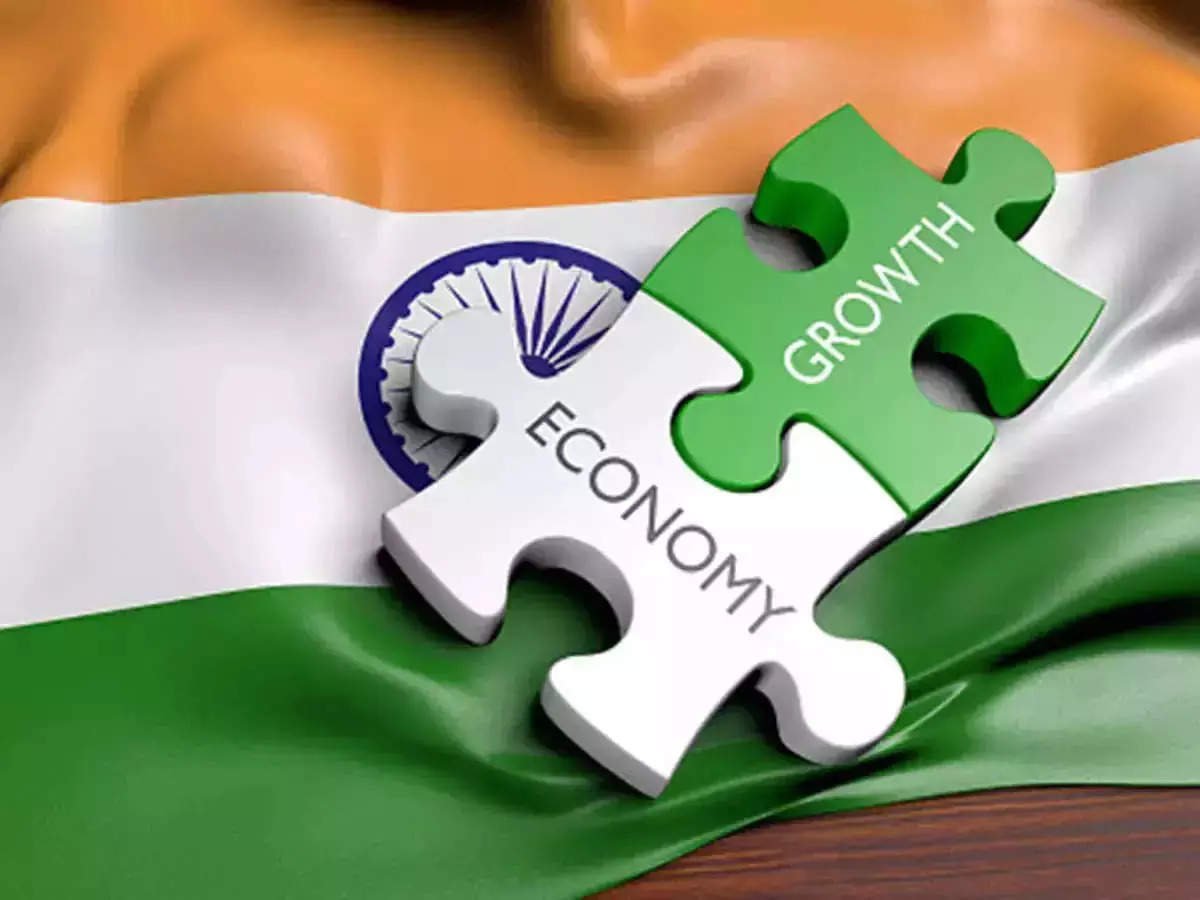January 24, 2023
New Delhi, India
As the nation eagerly awaits the unveiling of the interim budget, market enthusiasts and investors are on the lookout for pivotal announcements that could shape the economic landscape. While the finance minister has downplayed expectations of a “spectacular announcement,” several areas are expected to garner significant attention. Here, we delve into six key aspects that might receive prominence in the government’s interim budget.
1) Enhancing National Pension System (NPS) Attractiveness:
Reports suggest that the government is considering measures to make the National Pension System (NPS) more appealing, particularly for senior citizens above 75 years. This could involve extending tax concessions on both contributions and withdrawals from the NPS. Such a move aligns with the ongoing efforts to bolster the financial security of the elderly, reflecting a commitment to inclusive economic policies.
2) Seeking Parity in Taxation:
The Pension Fund Regulatory and Development Authority (PFRDA) is pushing for tax parity with the Employees’ Provident Fund Office (EPFO) concerning employer contributions. Anticipated announcements on this front could bring about greater consistency in the taxation treatment of pension funds. Achieving parity would not only simplify regulations but also contribute to a more equitable financial landscape for both employers and employees.
3) Boosting Agricultural Credit:
Sources suggest a potential substantial increase in the agricultural credit target in the upcoming interim budget. The government aims to set the target between ₹22-25 lakh crore for the next fiscal year, emphasizing the need to ensure that every eligible farmer has access to institutional credit. Such a move aligns with broader efforts to fortify the agricultural sector and promote financial inclusivity among farmers.
4) Expanding the Production-Linked Incentive (PLI) Scheme:
To invigorate the manufacturing sector and spur employment, there are expectations of expanding the scope of the Production-Linked Incentive (PLI) scheme. Deloitte recommends including sectors such as garments, jewelry, and handicrafts in the forthcoming budget. This expansion seeks to diversify the beneficiaries of the PLI scheme and stimulate growth in industries beyond the current focus areas.
5) Tax Considerations for Wealthy Farmers:
A notable proposal has surfaced, suggesting the imposition of income tax on affluent farmers. This initiative is seen as a measure to bring fairness to the taxation structure. Reserve Bank Monetary Policy Committee (MPC) member Ashima Goyal advocates for such a move, emphasizing the importance of creating a more balanced tax system. This potential shift could signify a broader strategy to address income disparities in the agricultural sector.
6) Extending Concessional Income Tax Rates for Corporates:
In a bid to encourage private investments and boost the manufacturing landscape, there are indications that the government might extend the concessional 15 percent income tax rate for corporates. EY’s Budget expectation report proposes extending this favorable rate for setting up new manufacturing units until March 31, 2025. Such a move aims to sustain the momentum in private sector investments and reinforce India’s position as a manufacturing hub.
As the government navigates the intricate balancing act of addressing diverse economic needs, the interim budget is poised to set the tone for economic policies in the coming fiscal year. The nation awaits with bated breath to witness the unveiling of these anticipated measures, which could potentially shape India’s economic trajectory in the post-pandemic era.





